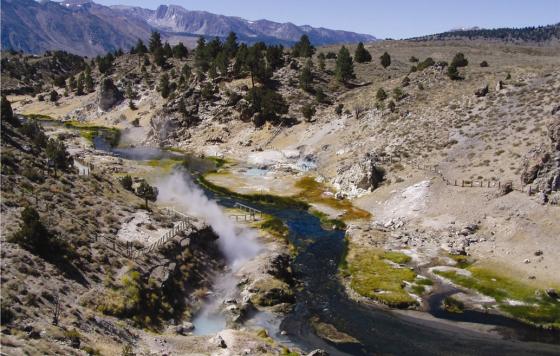
The Environmental Protection Agency (EPA) released a plan that summarizes ongoing activity, affirms commitments the agency made in May 2018, and announces several new initiatives. The “PFAS Action Plan” is an exhaustive review of what EPA is doing and commits to some new initiatives.
Given the urgency around PFAS chemicals it is still literally the least EPA can do.
This Action Plan follows up on commitments made in May, including evaluating the need for drinking water limits. EPA is announcing that it will begin the Safe Drinking Water Act process for two chemicals – PFOA and PFOS – and evaluate whether new information supports setting limits for more PFAS chemicals. The agency also commits to improving analytical methods and to increased monitoring for more PFAS chemicals in drinking water. “Given heightened public concern and the lack of controls on PFAS getting into drinking water sources, EPA should expedite all of these processes and act with the greatest transparency possible,” said Thorp.
EPA is also announced several new initiatives -- developing new analytical methods, restricting new uses of PFAS chemicals, and using a variety of enforcement authorities to address PFAS contamination issues. It’s progress, but again, EPA could be doing much more to address these dangerous chemicals.
In the face of wide public concern about PFAS chemicals, contaminated sites around the country, occurrence in drinking water sources, and mounting evidence of a wide array of health effects EPA should be using all available authority to address the issue. While the Action Plan demonstrates a great deal of activity around PFAS chemicals, EPA has the authority and should take more concrete actions to make progress on getting PFAS chemicals out of the environment. For example:
We don’t even know all the PFAS chemicals in use – EPA should develop, publish and regularly update a database of known and active PFAS. Communities and officials need to know where chemicals are manufactured, processed.
Drinking water initiatives must be accelerated – EPA must commit resources to the most robust research plans and other activity related to drinking water. The ability to find PFAS chemicals in drinking water, to set appropriate limits and to treat water to achieve those limits is of the utmost importance and the Plan does not indicate whether EPA will be able to meet widespread public expectations for results. EPA should also be taking concrete steps to advance the scientific research needed to address PFAS chemicals as a class, and not one by one.
We don’t know how PFAS chemicals are getting into the environment – EPA has enough information now to include PFAS chemicals in the Toxic Release Inventory (TRI) list. This is one way we can learn more about how PFAS chemicals are getting into the environment.
We need to stop PFAS chemicals from getting into the environment – EPA is starting the process to list PFOA and PFOS under the CERCLA (Superfund) program but should also start the process to list these chemicals as hazardous pollutants under the Clean Water Act.
It’s too easy to get new PFAS chemicals on the market – EPA should close loopholes that allow new PFAS chemicals to be introduced without safety review.
The Trump administration and Wheeler’s EPA have not been inclined to take aggressive action to protect the environment and people’s health or to restrict polluters’ activity. That even more unacceptable when it comes to PFAS. We need EPA to take far more aggressive action to use its authority to address PFAS issues and to use its leadership to spur action by other federal agencies, for example the Food and Drug Administration who have jurisdiction over food packaging uses of PFAS chemicals.
Learn more here and below.
- Clean Water Action joined other organizations in September 2018 comments to EPA on the PFAS Plan.
- Safer States has compiled a database of state actions to address PFAS chemicals.



